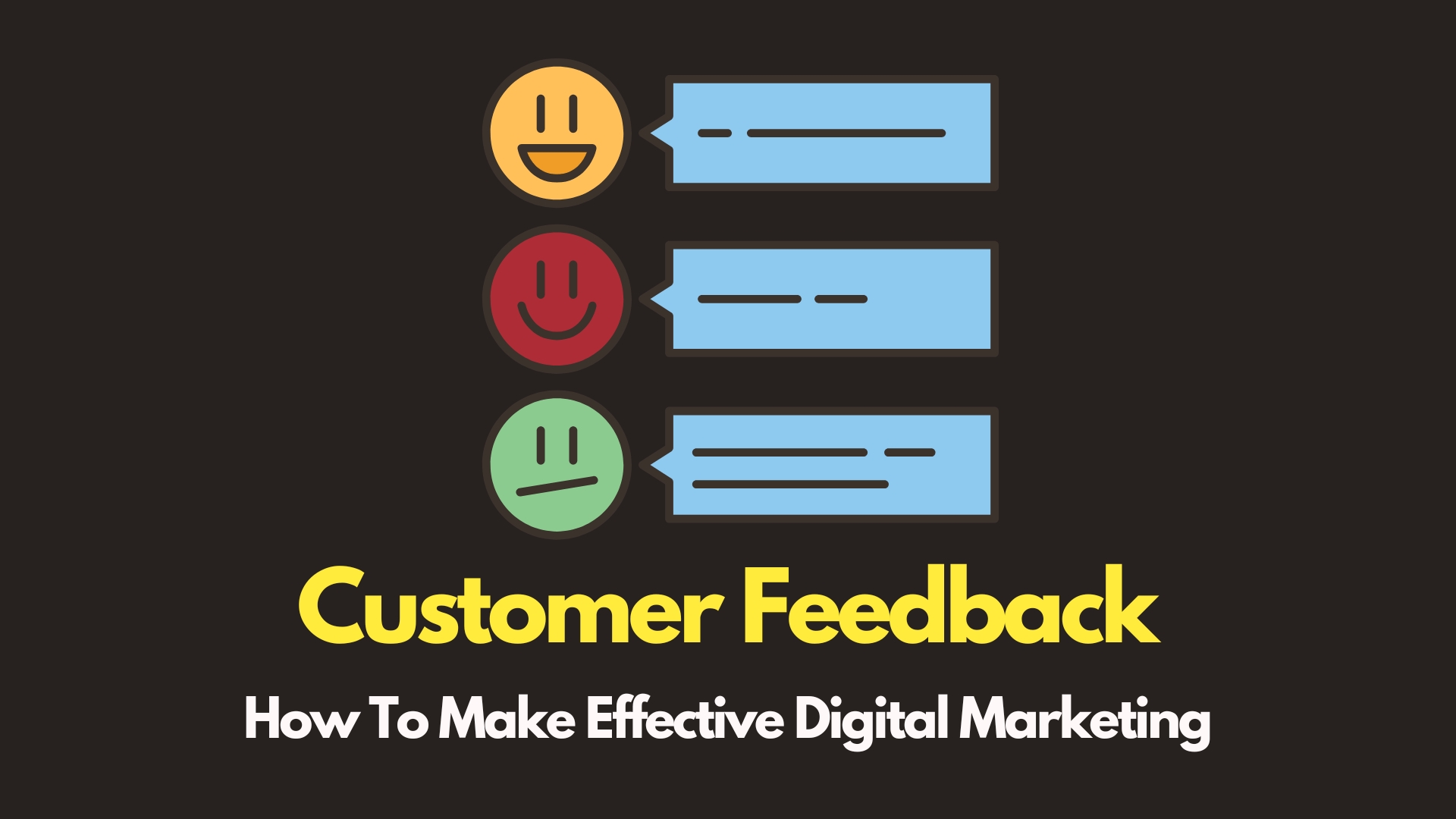Published
- 3 min read
How to Use Customer Feedback to Drive Digital Marketing Strategy

Key Takeaways:
- Integrating customer feedback into marketing strategies can significantly enhance both product development and purchase decision-making.
- Deep learning models like CNN and RNN are effective tools for analyzing customer feedback in multiple languages.
- Understanding and addressing customer values such as ease of use and personalization can lead to better marketing performance.
- Semantic enhancement of feedback systems can automate the analysis and computation of customer feedback.
- Structured feedback collection facilitates the transformation of insights into actionable changes in products or marketing approaches.
- Artificial intelligence applications are increasingly important in analyzing customer feedback for business insights.
In an era where customer-centricity is paramount, businesses are increasingly looking to integrate customer feedback into their marketing strategies. This approach not only helps in fine-tuning product offerings but also enhances the customer experience. Let’s explore the techniques that can bridge the gap between customer insights and marketing excellence.
Understanding Customer Feedback Channels
Customers express their opinions through various channels, including emails, surveys, social media, and review platforms. Each channel offers unique insights and serves different purposes. For instance, social media feedback is often immediate and raw, while survey responses can provide structured and detailed insights.
Deep Learning for Feedback Analysis
The advent of AI technologies like Convolutional Neural Networks (CNN) and Recurrent Neural Networks (RNN) has revolutionized feedback analysis. These tools enable businesses to process large volumes of feedback across languages without extensive manual intervention, ensuring that even nuanced customer sentiments are captured.
Valuing Customer Preferences
To resonate with customers, it’s crucial to understand their values. Aspects such as ease of use, safety, and personalization are often high on the customer’s priority list. By focusing on these areas, marketers can develop strategies that align with customer expectations, as seen in the business sector.
Semantic Enhancement of Feedback Systems
Semantic technologies can interpret the meaning behind customer feedback, allowing for more sophisticated analysis and response strategies. This can lead to a deeper understanding of customer needs and more targeted marketing efforts.
Structured Feedback for Product Development
Gathering structured feedback is essential for translating customer insights into product evolution. Automated systems can help transform unstructured feedback into actionable data, leading to informed decisions about product modifications or new offerings. This approach is closely linked to the consumer behavior in subscription models.
AI in Customer Feedback Research
AI applications are becoming indispensable in customer feedback research. They provide a comprehensive overview and facilitate the extraction of valuable business insights, which can inform everything from product development to customer relationship management.
Incorporating Feedback into Marketing Strategies
Now, let’s look at some practical ways to incorporate customer feedback into marketing strategies:
-
Personalized Marketing Campaigns: Use feedback to tailor marketing messages to individual preferences, as discussed in personalization strategies in e-commerce.
-
Product Improvement: Leverage customer insights to enhance product features and address pain points, as seen in packaging impact on consumer choice.
-
Customer Journey Optimization: Modify the customer journey based on feedback to improve the overall experience, aligning with insights from consumer experience in the economy.
-
Content Development: Create content that addresses customer queries and concerns, potentially increasing engagement as covered in leveraging video content.
-
Customer Service Enhancement: Use feedback to refine customer service approaches, ensuring that customer needs are met promptly and effectively.
By integrating customer feedback into marketing strategies, businesses can create a more engaging and satisfying customer experience, leading to increased loyalty and sales.
Conclusion
In conclusion, customer feedback is an invaluable asset for marketers looking to connect more deeply with their audience. By leveraging modern analytics tools and focusing on customer values, companies can transform feedback into actionable insights that drive successful marketing strategies.